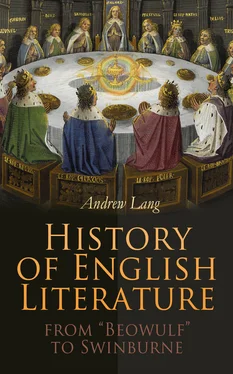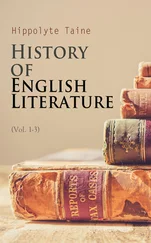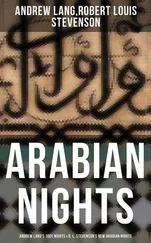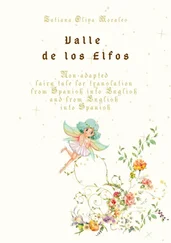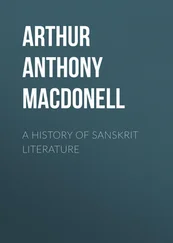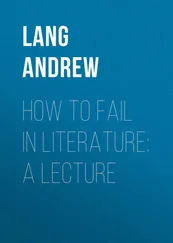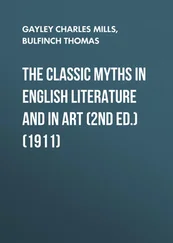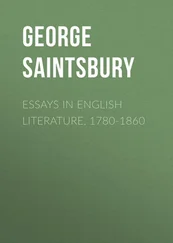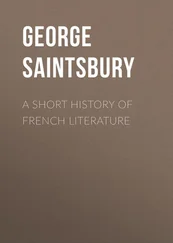This "Roman de la Rose," or much of it, Chaucer assuredly did translate, but on the question as to whether the "Romaunt of the Rose," printed in his works, is wholly, or only in part, or is not at all from his hand, scholars dispute endlessly. It is not possible, here, to follow the mazes of the dispute, which turns on the quality of the work, the closeness or laxity of the translation in various parts, the presence or absence of traces of the northern dialect (Chaucer wrote Midland English), the correctness or incorrectness of the rhymes, and other details. The opinion that the first 1700 lines or so are Chaucer's, that his manuscript was defective, that the later portions, some 6000 lines, were filled up from manuscripts by other hands, is not certain, but is not improbable. Many other views are defended.
Though we do not often know the dates of Chaucer's poems, the development of his genius can be traced with much probability. Roughly speaking, in his first period he is mainly inspired by French influences; in his second are added Italian influences; he was always reading such Latin authors as he could procure; he was suppling his style by experiments in French measures demanding much search for rhymes; and finally, in the "Canterbury Tales," his best work is purely English in character, though he still introduces translations from other languages when it suits his purpose.
The Dethe of the Duchesse.
is of 1369-1370, for it deplores the decease of Blanche, wife of John of Gaunt (Lancaster), and the lady departed this life in 1369. Here Chaucer works in accordance with the usual formula of the "Roman de la Rose". He begins with a dream, but his sleep is a respite in a period of eight years of insomnia, described so pitifully that the passage seems autobiographical. He cannot tell, he says why he is unable to sleep,
I holdë hit be a siknesse
That I have suffred this eight yere.
Perhaps his nerves were shattered by the circumstances of his capture and durance in 1360, for prisoners of war were treated with great cruelty, placed in holes under heavy stones, or locked up in wooden cages.
Unable to sleep, Chaucer has Ovid's story of Ceyx and Alcyone read to him. He says elsewhere that in youth he made a poem on this tale; now he probably utilized his old material in the poem on the Duchess. In the Ceyx tale, Alcyone prays to Juno for the grace of sleep and dream, and Chaucer, humorous always, vows that he will even risk the heresy of presenting gifts to heathen gods, Morpheus and Juno, if they will give him slumber. His prayer is heard, and this prologue is by far the best part of "The Dethe of Blanche the Duchesse". It is personal, it is touching, and the story is charmingly told.
In his sleep comes the usual dream of the chamber decorated with works of mythological art (a stock feature, as in the "Roman de la Rose"), there is a hunting scene, with French terms of venery, and then Chaucer meets a mourner, John of Gaunt, whose long plaint and narration of similar sorrows in fable, with due reference to authorities, is prolix and pedantic, to a modern taste.
This piece is in rhymed octosyllabic couplets.
"The Compleynte unto Pite" (Pity) is the earliest of Chaucer's poems in "Rhyme Royal" (so called, some think, because James I of Scotland used it much later in "The King's Quhair," a far-fetched guess). The poet seeks Pity, and finds her dead; he adds the petition which he meant to have presented to her, that of a despairing lover. The ideas are hackneyed, and the piece is a mere exercise. The metre, later much used by Chaucer in narrative runs thus:—
This is to seyne, I wol be youres ever;
Though ye me slee by Crueltee, your fo,
Algate my spirit shal never dissever
Fro your servyse, for any peyne or we.
Sith ye be deed,—alias! that hit is so!—
Thus for your deth I may wel wepe and pleyne
With herte sore and fill of besy peyne.
The "A.B.C." is a hymn of prayer to Our Lady, each stanza beginning with each successive letter of the alphabet. It is an exercise in translation from a French original; the stanzas are shorter than in the French.
"The Compleynte of Mars" tells of the wooing of a mediaeval Mars and Venus, interrupted by Apollo "with torche in honde"; the original source of the story is the song of the Phæacian minstrel in the "Odyssey," but that is humorous, while Chaucer is sympathetic; Mars asks poets not to make game of his passion,
take hit noght a-game.
The Phæacian singer did "take it a-game".
"A Compleynte to his Lady" is of the conventional kind, and an exercise in metres.
"Anelida and Arcite" is also scholar's work, but the scholar has now learned Italian, during his Italian mission of 1372; has read and in places translates the "Teseide" of Boccaccio, which he often utilized. He had also Statius, a late Latin poet, and other models, or he dealt in his own inventions. As in the "Knight's Tale," Theseus returns from conquered Scythia, with his bride, Hippolyta, Queen of the Amazons, and her sister, Emily, the heroine of the "Knight's Tale". The unpopular tyrant, Creon, is ruling in Thebes, where Anelida loves Arcite, who is a true lover, in the "Knight's Tale," but here "double in love," a follower of Lamech, in Genesis, the first man who loved two ladies at once. His second love holds him tightly "up by the bridle," so Anelida despairs, expressing her woe in a kind of ode, strophe and anti-strophe, in stanzas of eight, and next of nine lines, with complicated rhymes, finally with rhymes in the middle as well as at the end of each line. The poem, more interesting than the previous experiments, and not without passion, is unfinished: ends abruptly.
"The Parlement of Fowls" appears to be a kind of Laureate's Ode on the marriage (January, 1382) of Richard II with Anne of Bohemia, who previously had two other wooers, a Prince of Bavaria, and the Margrave of Meissen. When the Birds hold their Parliament, the Formel Eagle represents Anne, Richard is the Royal Tercel Eagle, the two other tercels are the German wooers. Chaucer was always a most literary poet, and was still an adaptive poet. As he must begin with a dream, he versifies the contents of Cicero's "Dream of Scipio": he takes a little from Dante, a little from Claudian, the whole Pageant of Birds he borrows from Alain Delille's "Plaint of Nature," greatly improving on it, while, in the debate of the birds on St. Valentine's Day, as to which tercel shall win the formel tercel, he gives way to his own sense of humour. The verses are vers de société , designed not for our taste, but for that of the society of his time. Chaucer himself perceived the tediousness of the love-pleading of the tercels: like the Host in the "Canterbury Tales," when bored by Sir Thopas and the Monk's tragedies, the jury of birds cry to be released,
The noise of foules for to ben delivered
So loude rong, "have doon and let us wende!"
In giving their verdicts the Goose is remote from sentiment, saying to the unsuccessful wooer,
But she wol love him, lat him love another!
The turtle-dove blushes, and gives her word for immortal hopeless love. The poem, in the seven line stanza, ends with a rondel, confessedly translated from the French, and the poet wakens from his dream and returns to his dear books, on the look-out for new material. He has shown his mastery of style, and his knowledge, but he has not yet "come to his kingdom".
Not to linger over other minor pieces, we may say that, in "Troilus and Criseyde," Chaucer does come to his kingdom, and proves himself a Master, granting the taste and conditions of his age, while, in many beautiful passages, he attains to what is good for universal taste, to what is universally human.
Читать дальше
